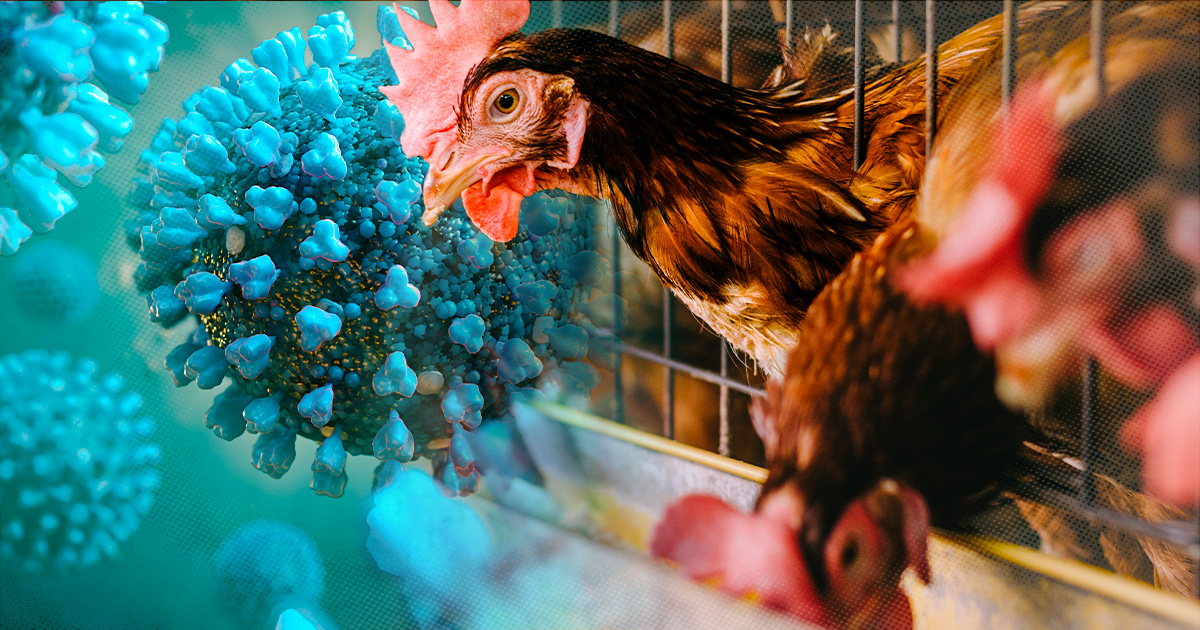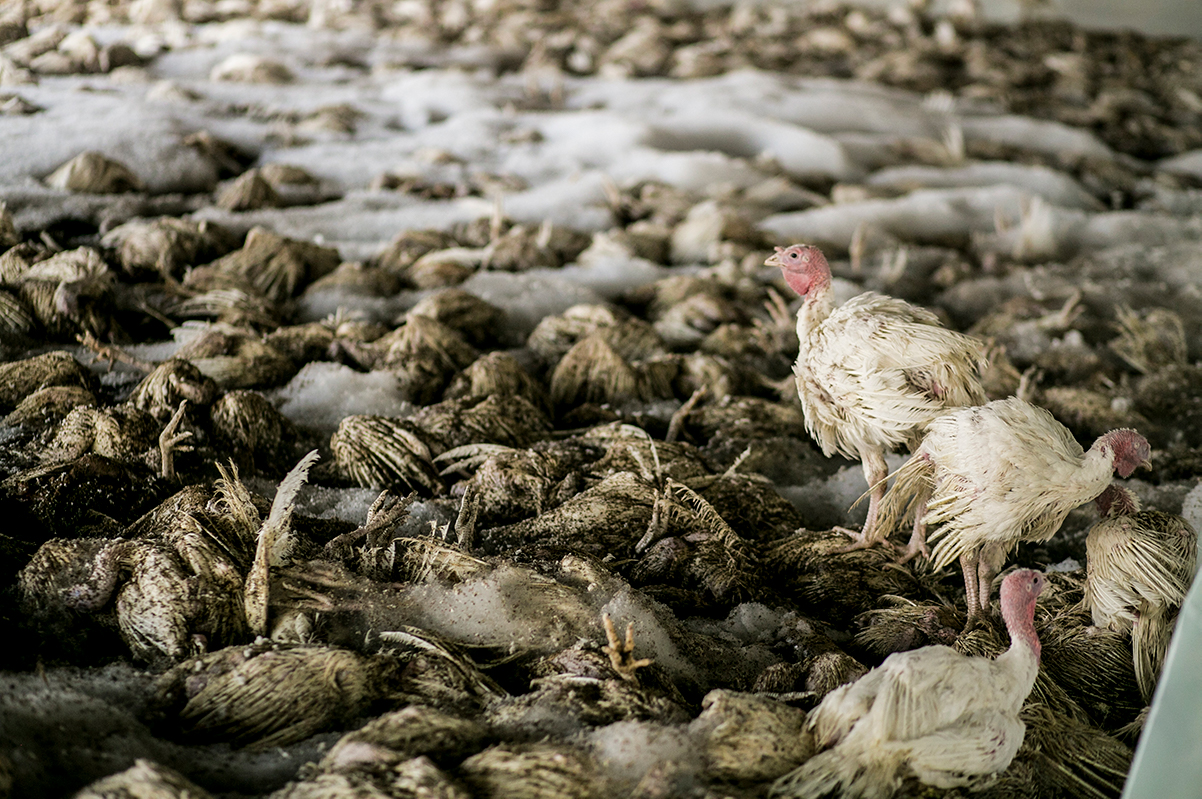Avian Influenza Outbreak Monitoring

Avian influenza, also known as bird flu, is a highly contagious viral disease that can affect both domestic and wild birds. In recent years, there have been several outbreaks of avian influenza worldwide, causing significant economic losses and public health concerns.
The geographic distribution of avian influenza outbreaks has been widespread, with cases reported in Europe, Asia, Africa, and the Americas. The severity of the outbreaks has varied, with some causing only mild illness in birds, while others have resulted in high mortality rates.
Guys, have you heard about the recent avian influenza outbreak? It’s a bummer, especially for poultry farmers. Speaking of poultry, did you know that a former CIA analyst in South Korea once warned about the potential risks of bird flu?
Crazy, right? Anyway, back to avian influenza, let’s hope we can contain this outbreak soon.
Strains of Avian Influenza
There are several different strains of avian influenza, each with its own unique characteristics. Some of the most common strains include:
- H5N1: This strain is highly pathogenic and has caused several outbreaks in poultry and wild birds.
- H7N9: This strain is also highly pathogenic and has caused several outbreaks in humans.
- H9N2: This strain is less pathogenic than H5N1 and H7N9, but it can still cause illness in birds and humans.
The potential impact of avian influenza outbreaks depends on the strain of the virus involved. Highly pathogenic strains, such as H5N1 and H7N9, can cause severe illness and death in birds and humans. Less pathogenic strains, such as H9N2, are less likely to cause severe illness, but they can still cause economic losses in the poultry industry.
Okay, let’s talk about avian influenza. It’s a nasty disease that can affect birds, and in some cases, it can even spread to humans. So, if you’re a bird lover or work with birds, it’s important to be aware of avian influenza.
You can find more information about it online, and if you have any questions, be sure to talk to your doctor or veterinarian.
Avian Influenza Transmission and Prevention

Avian influenza, commonly known as bird flu, is a highly contagious viral infection that affects birds. While some strains of avian influenza are harmless to humans, others can cause severe illness. Understanding how avian influenza spreads and taking preventive measures is crucial for protecting both birds and humans.
Transmission Routes
Avian influenza viruses are primarily transmitted through direct contact with infected birds or their bodily fluids, such as saliva, nasal discharge, and feces. The virus can also spread indirectly through contaminated surfaces, equipment, or clothing.
In birds, the virus spreads rapidly through respiratory droplets and contact with contaminated surfaces. Infected birds shed the virus in their droppings, which can contaminate water sources, soil, and other areas where birds congregate.
Humans can become infected with avian influenza through contact with infected birds or their secretions. This can occur through handling sick or dead birds, cleaning contaminated areas, or inhaling airborne virus particles.
Clinical Signs and Symptoms
In birds, avian influenza can cause a wide range of clinical signs, including:
- Respiratory distress (coughing, sneezing, gasping)
- Swelling and discoloration of the head, neck, and eyes
- Loss of appetite and weight
- Diarrhea
- Nervous signs (tremors, seizures)
- Sudden death
In humans, avian influenza can cause a range of symptoms, including:
- Fever and chills
- Muscle aches
- Headache
- Fatigue
- Cough and sore throat
- Runny nose
- Shortness of breath
- Pneumonia
Prevention Measures
Effective prevention measures are essential for controlling the spread of avian influenza. These include:
- Biosecurity practices: Implementing strict biosecurity measures on poultry farms and in areas where birds congregate can help prevent the introduction and spread of avian influenza. This includes measures such as isolating sick birds, disinfecting equipment and surfaces, and controlling access to poultry areas.
- Vaccination: Vaccination of poultry can help protect birds from avian influenza infection. Vaccines are available for different strains of the virus, and vaccination programs can be tailored to the specific needs of each region.
- Surveillance and monitoring: Regular surveillance and monitoring of bird populations for avian influenza is essential for early detection and containment of outbreaks. This includes testing birds for the virus, tracking their movements, and monitoring for unusual mortality events.
- Public health measures: Educating the public about avian influenza and its risks is crucial for preventing human infection. This includes providing information on how to avoid contact with infected birds, how to handle sick or dead birds safely, and how to seek medical attention if symptoms develop.
By implementing these preventive measures, we can help protect both birds and humans from the devastating effects of avian influenza.
Avian Influenza Research and Control

Understanding the evolution and spread of avian influenza is crucial for developing effective control measures. Researchers are actively studying the genetic diversity and mutations of the virus to identify factors that contribute to its pathogenicity and transmission. This knowledge aids in the development of targeted vaccines and antiviral treatments.
Vaccines and Antiviral Treatments
- Researchers are developing vaccines to protect poultry and humans from avian influenza. These vaccines aim to induce immunity against specific strains of the virus.
- Antiviral treatments, such as oseltamivir and zanamivir, can be used to treat avian influenza infections. These drugs inhibit the virus’s ability to replicate, reducing the severity of symptoms and the risk of complications.
International Collaboration and Surveillance, Avian influenza
Controlling avian influenza outbreaks requires international collaboration and surveillance. Countries share information about virus strains, outbreaks, and control measures. This cooperation facilitates early detection and response to potential pandemics. Surveillance systems monitor poultry populations and wild birds for signs of infection, enabling timely interventions to prevent the spread of the virus.